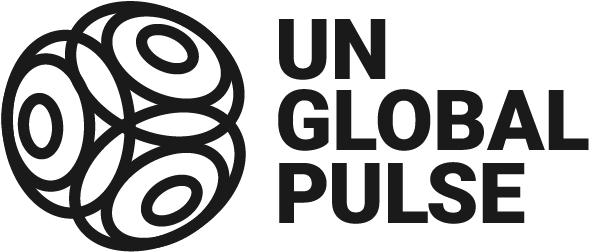Nearly a million Rohingya refugees live in the refugee camps that sprang up overnight in 2017 in south-eastern Bangladesh around Cox’s Bazar when Myanmar drove the Muslim minority from their homes in northern Rakhine State. Several generations of large families share one-room flimsy shelters made of bamboo and woven leaves. The population density is said to be more than double that of the Bangladeshi capital, Dhaka, itself the most densely populated city in the world.
Unfortunately, when COVID-19 hit the world, these camps looked like the ideal place for the pandemic to spread. Many feared that overcrowding in the camps, no possibility of physical distancing, poor infrastructure and Bangladesh’s fragile health system, could combine to spell disaster.
UN Global Pulse worked with health professionals from WHO and experts at UNHCR, UN OCHA, Durham University and IBM/MIT AI lab to model the impact of public health interventions in the Cox’s Bazar settlement in Bangladesh.
Our impact
We created a virtual world that mimics the way people move around the camps and what they do throughout the day that shows how a virus can spread. We ran simulations to show the predicted effect of various policy changes and refined the outcomes as policies were implemented and agencies collected more data. Together with our partners, we created a visualisation tool to present the results of the epidemic modelling clearly to decision-makers.
Our results helped UNHCR maintain refugees’ freedom of movement within the camp, a key principle for the agency. We showed that patients with mild to severe symptoms could self-isolate at home and did not have to go to special isolation and treatment centres. This did not increase the risk of spreading the disease and freed hospitals to treat only the most intense cases.
We also found that wearing masks in all indoor communal areas effectively limits spread and protects the most vulnerable, and that wearing reusable cotton masks indoors worked well. This sparked a campaign for refugees to make their own reusable masks. We also showed safe ways that learning centres — mainly open-air bamboo shelters with plenty of natural ventilation — could reopen in the camps, if teachers wear masks and children attend in shifts, with only half as many in the classroom at once.
Our lessons
- In any modeling approach it is important to tailor results and outputs to the specific environments and questions which need to be answered by decision makers. The approach presented in this paper has been developed in close collaboration between modelling teams and those operating in the Cox’s Bazar settlement.
- Research questions and operational scenarios have been defined jointly by the different teams involved in the project. In fact, we have found that the development of the data visualisation tool plays an important role in helping translate between groups with a wide range of expertise.
- It is crucial that public health specialist and decision makers have full understanding and ownership of the results of any modeling work. With this work we hope to encourage future multidisciplinary modeling efforts to engage fully with end users to ensure meaningful discussions take place and decisions are taken informed by the best possible science.
Resources
- Blog: What epidemic modelling can teach us about the spread of disease in refugee settlements
- Research Paper: Operational response simulation tool for epidemics within refugee and IDP settlements
- Research Paper: Epidemiological modelling in refugee and internally displaced people settlements: challenges and ways forward
- Epidemic Modelling of COVID-19 Microsite



